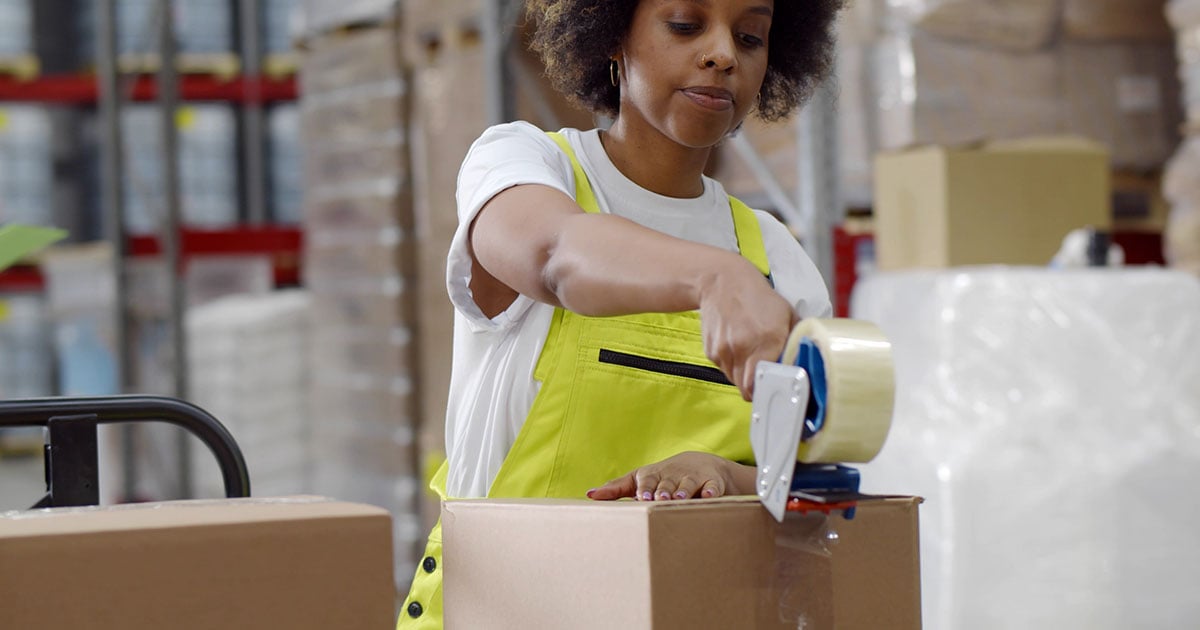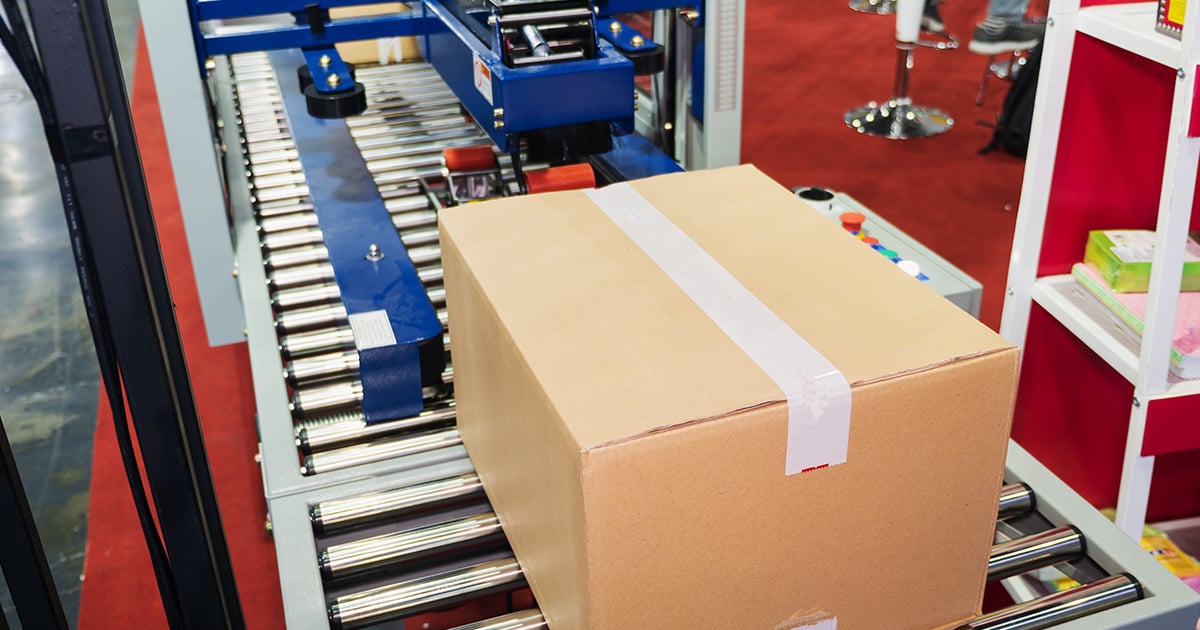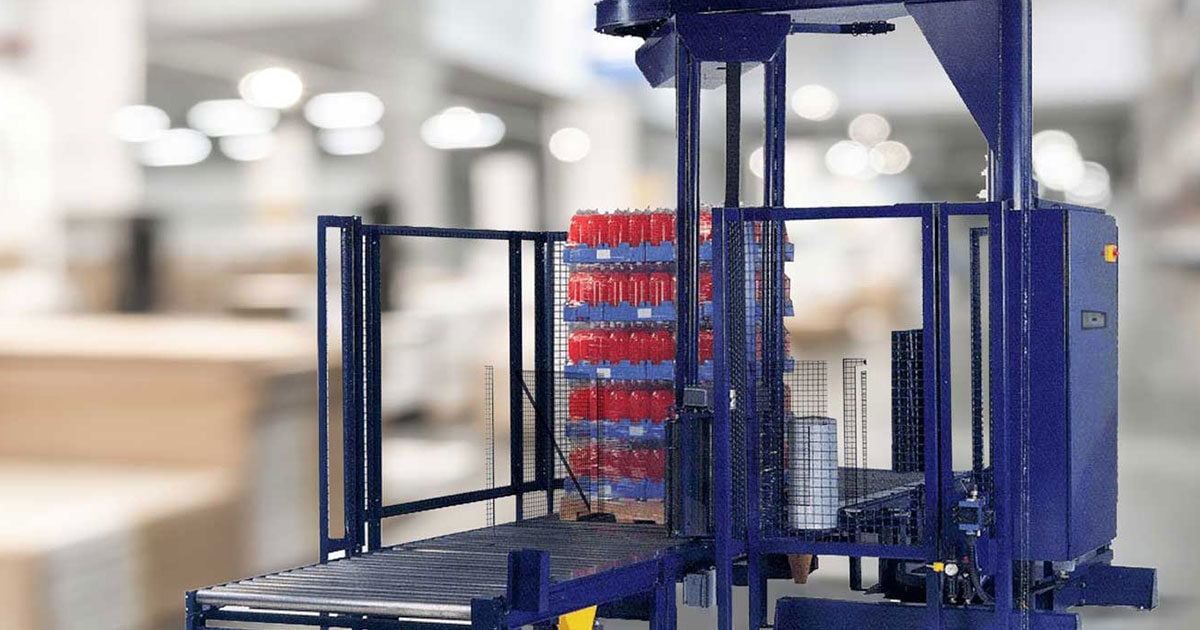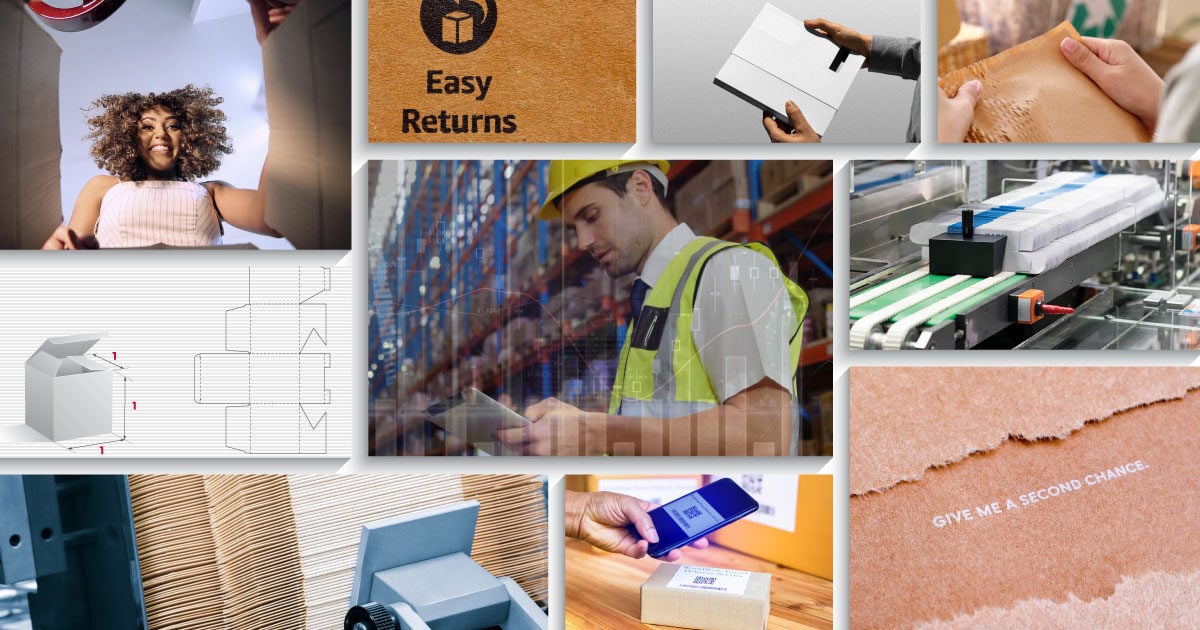14 min read
Should I Invest in A Case Sealer for My Packaging Operation?
New and existing business owners are constantly looking for ways to improve efficiency, reduce costs, enhance customer satisfaction, reduce injuries,...
2 min read
 BradyPLUS Editorial
:
November 20, 2024
BradyPLUS Editorial
:
November 20, 2024

Are you in a sticky situation trying to decide between different types of packaging tapes?
Whether it’s for long-term or short-term storage, shipping, hand-held, or industrial equipment, it can be challenging to determine what tape is best for you.
Typically, the adhesive is the most important part of the tape, and we’ll share more details about that in just a moment. First, let’s review some basic tape terminology:

Backing/Carrier
The material that is on the outside of the tape; usually made from paper, cloth, plastic, or rubber.

Tack
The initial stickiness of the adhesive part of the tape. It explains how quickly your tape will bond to the application material.

Cohesion
The substance that makes up the adhesive and holds it together and creates the stickiness of your tape.

Adhesion
The bond between your tape and the surface of the application. Tack and cohesion provide short-term reversible bonding, while cohesion and adhesion create a more permanent bond. Adhesion and tack produce a quick-stick type of bond. All three processes determine how well your tape adheres to any surface and for how long.

Shear
The ‘holding power’ of your tape. It is measured by the time required for a certain amount of weight to cause the tape to come loose from a vertical plane. The better the shear of a tape, the longer it will hold up.
“If the items you’re shipping are heavy, create an unequal weight within your package, or are of high value to you, you will want to use a stronger tape that is not easily dislodged,” said Sara Thornton, Purchasing Specialist for tape at BradyPLUS.
Now that we’ve defined the key terms, let’s take a deeper dive into tape adhesives because they can significantly impact the quality of your packaging. Here’s a breakdown of the most common types of adhesives.

Consider these attributes of each adhesive when determining the best tape for your application:
| Characteristics | Water-Activated | Hot Melt | Acrylic |
| Lasts in extreme temperatures | ✅ | ✅ | |
| Fast adhesion | ✅ | ✅ | |
| Higher shear (strength) | ✅ | ✅ | |
| Easy to apply | ✅ | ||
| Long shelf life | ✅ | ✅ | |
| UV light resistant | ✅ | ||
| Humidity resistant | ✅ | ✅ | |
| Holds to cardboard | ✅ | ✅ | ✅ |
| Holds to plastic | ✅ | ✅ |
If you’ve been experiencing some issues with your tape, you’re not alone. It can be challenging to determine the cause, but there is always a solution! Are you dealing with any of the problems below?
If you answered "yes" to any of the above... Let BradyPLUS Help You!
Choosing the correct packaging tape doesn’t have to be stressful. Take the guesswork out of the equation by letting BradyPLUS tape specialists do the heavy lifting. Contact us today ⬇️, and we’ll get right to work with you to find solutions for the challenges you’re facing with your current tape supply.

14 min read
New and existing business owners are constantly looking for ways to improve efficiency, reduce costs, enhance customer satisfaction, reduce injuries,...

10 min read
In the packaging industry, automation means different things to different people, but it generally comes down to one big idea – efficiency. All...

15 min read
The packaging industry is always in motion, and each year brings its own set of challenges and innovations. As we transition from 2024 to 2025, there...